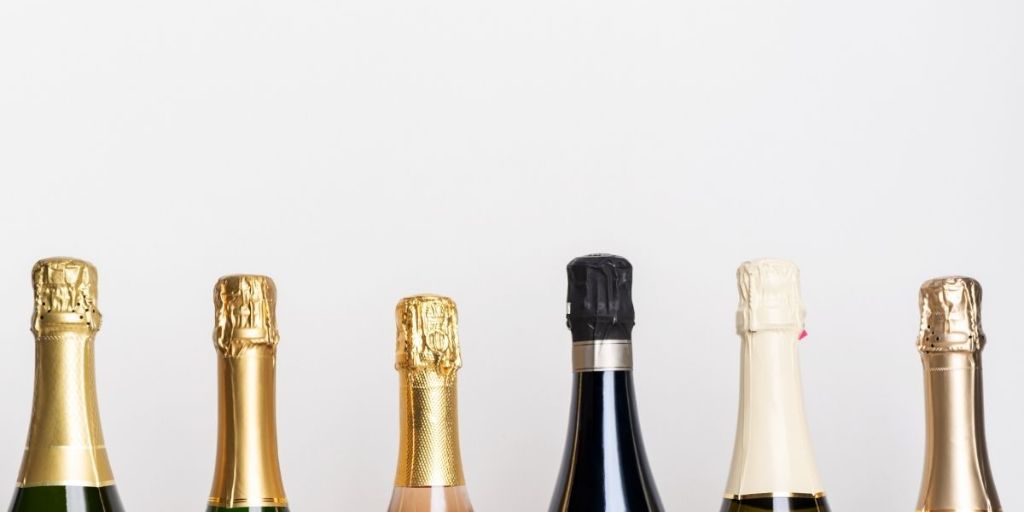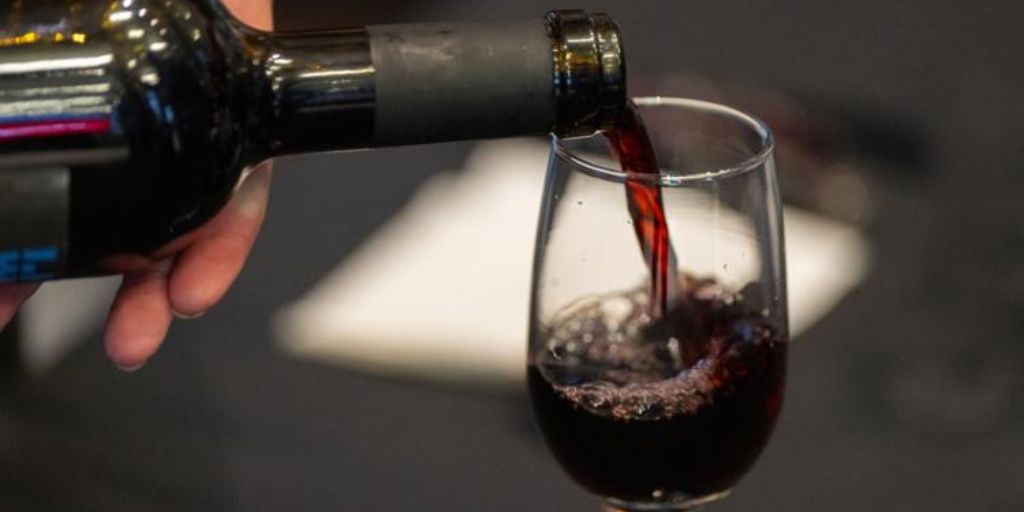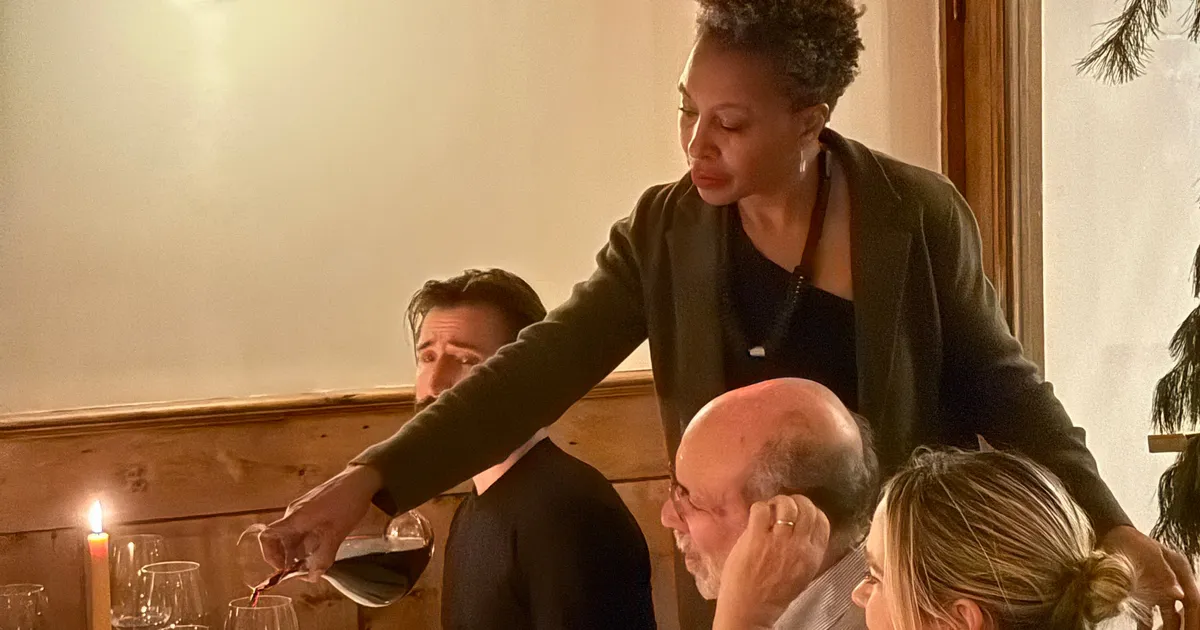As we move through 2025, the wine industry is in the midst of a significant transformation. From evolving consumer preferences and climate challenges to technological advances and shifts in packaging, the wine world is embracing change like never before. These changes are not just fads—they’re clear indicators of where wine culture, commerce, and sustainability are headed.
Whether you’re a casual drinker, a sommelier, or a vineyard owner, staying updated on the latest trends can help you understand how wine is evolving to meet the needs of a new generation of consumers. Here are the top wine trends to watch in 2025.
1. White Wines Steal the Spotlight
While red wine has long been the icon of sophistication, white wine is quickly gaining ground. According to consumption data in the U.S., white wine intake has grown by over 60% in the past two decades, while red wine consumption has steadily declined. This trend continues into 2025, driven by changing palates and lifestyle shifts.
Consumers are opting for crisp, lighter-bodied wines that suit a wider range of settings—from casual picnics to refined dinners. Popular varieties like Sauvignon Blanc, Pinot Grigio, Albariño, and even Chardonnay are being reimagined with fresher profiles, often showcasing terroir more distinctly.
What’s fueling the rise? White wines tend to be:
-
Lower in tannins, making them easier to sip for beginners.
-
Versatile with food, especially seafood, poultry, and plant-based dishes.
-
More appealing in warmer climates, aligning with global temperature trends.
Expect to see more innovative blends and boutique producers focusing exclusively on whites throughout 2025.
2. Low- and No-Alcohol Wines on the Rise
The growing interest in health and wellness has sparked a boom in low- and no-alcohol wines. As younger consumers embrace “mindful drinking” and intermittent sobriety, the demand for flavorful, alcohol-reduced options has skyrocketed.
Wineries are responding by:
-
Investing in dealcoholization technologies that preserve aroma and complexity.
-
Crafting wines that don’t rely on alcohol content for body or structure.
-
Marketing products not as “compromises,” but as premium alternatives.
Major players and new startups alike are expanding their portfolios to include sparkling, rosé, and red options in the 0–5% ABV range. Expect grocery stores, bars, and restaurants to widen their selections to cater to this growing audience.
3. Sustainable and Biodynamic Winemaking
Sustainability is no longer a niche movement in wine—it’s becoming a mainstream expectation. In 2025, consumers are demanding transparency about how grapes are grown, how wineries manage resources, and what goes into the bottle.
Key practices on the rise include:
-
Organic and biodynamic farming: Treating vineyards as ecosystems, using compost, and working in harmony with natural cycles.
-
Water conservation: Especially in drought-prone areas, wineries are rethinking irrigation.
-
Minimal intervention: Letting natural yeasts ferment and limiting chemical additives.
Wine labels now highlight environmental certifications such as USDA Organic, Demeter (for biodynamic wines), or “sustainably farmed” credentials. Wine drinkers are voting with their wallets, supporting producers who prioritize both environmental health and product integrity.
4. Climate Change Reshaping Winemaking
As climate change accelerates, its effects on viticulture have become impossible to ignore. Rising temperatures, shifting rainfall patterns, and frequent droughts are forcing wine producers to adapt rapidly.
For instance, producers in Spain and southern France are exploring higher elevations or more heat-tolerant grape varieties like Garnacha and Mourvèdre. Cooler regions such as England, parts of Scandinavia, and Canada are emerging as unexpected new wine frontiers.
Notable shifts include:
-
Harvests happening earlier each year to preserve acidity.
-
Experimentation with drought-resistant rootstocks.
-
Rethinking varietals that traditionally thrived in cooler microclimates.
In response, wine maps are being redrawn, and wine styles are evolving. Lighter reds, more acidic whites, and inventive blends are becoming increasingly common as vineyards adapt to these environmental realities.
5. Alternative Packaging: Boxed, Canned, and Lightweight Bottles
In 2025, packaging is as important as the product itself. With the wine industry under pressure to reduce its carbon footprint, alternative packaging is becoming the new norm—especially among eco-conscious and younger consumers.
The shift includes:
-
Boxed wines: Offering larger quantities, lower environmental impact, and extended shelf life.
-
Canned wines: Perfect for portability and single-serve convenience.
-
Lightweight glass or PET bottles: Cutting down shipping emissions and breakage.

In many cases, the quality of wine in these formats has dramatically improved. Once dismissed as inferior, boxed and canned wines are now winning awards and being poured at trend-setting restaurants and events.
Consumers are also supporting returnable bottle programs, refillable growlers, and other innovative sustainability solutions. Packaging is no longer just a vessel—it’s part of the wine’s story.
6. High-Tech Winemaking and AI Integration
Technology is entering the vineyard and the winery in bold new ways. In 2025, data-driven winemaking is becoming a competitive advantage.
Applications include:
-
AI algorithms that predict optimal harvest times.
-
Satellite imaging and drones to monitor vine health and detect disease.
-
Fermentation tracking tools that adjust temperature and sugar levels automatically.
-
Blockchain for provenance and transparency in supply chains.
Winemakers are balancing art with science, using tech to improve quality, reduce waste, and ensure consistency. Consumers may not see the tech directly, but they’ll notice the results: better wines, fewer flaws, and more value.
7. Orange and Natural Wines Go Mainstream
Once confined to hipster wine bars and urban tastings, orange and natural wines are moving into the spotlight in 2025. These styles—often characterized by minimal intervention and wild fermentation—are appealing to curious drinkers seeking authenticity.
Orange wine, made from white grapes fermented with skins, offers:
-
Rich, complex textures
-
Earthy, tea-like aromas
-
Food-friendliness with a variety of cuisines
Natural wines, while loosely defined, are associated with organic grapes and little to no additives. They can be funky and unpredictable, but they also reflect a sense of place more vividly than heavily manipulated wines.
Expect to see sommeliers and retailers educating consumers more actively on how to appreciate these styles, helping them become part of everyday wine culture rather than just novelties.
8. Emerging Wine Regions on the Global Stage
As land prices and climate pressures grow in traditional regions, new winemaking countries and areas are stepping up. In 2025, watch for increased buzz around:
-
Mexico’s Valle de Guadalupe
-
India’s Nashik Valley
-
China’s Ningxia region
-
England’s sparkling wine boom
-
Oregon’s and British Columbia’s boutique producers
These emerging players are attracting attention with high-quality offerings, fresh terroir expressions, and innovative marketing strategies. As global wine culture becomes more inclusive, regional diversity is adding excitement and competition to the market.
Conclusion: The Future Is Fluid—and Flavorful
Wine in 2025 is defined by change, creativity, and consciousness. As drinkers become more educated, socially aware, and adventurous, winemakers are rising to the occasion with sustainable practices, diverse offerings, and modernized packaging.
The year’s biggest themes—health, environment, inclusivity, and innovation—are shaping not just what we drink, but how we connect to the stories in each bottle.
Whether you’re sipping an orange wine from Georgia, enjoying a zero-alcohol rosé, or cracking open a premium canned Sauvignon Blanc, one thing is clear: wine is entering a new golden age of diversity and evolution. The only rule now is to stay curious—and drink what brings you joy.


